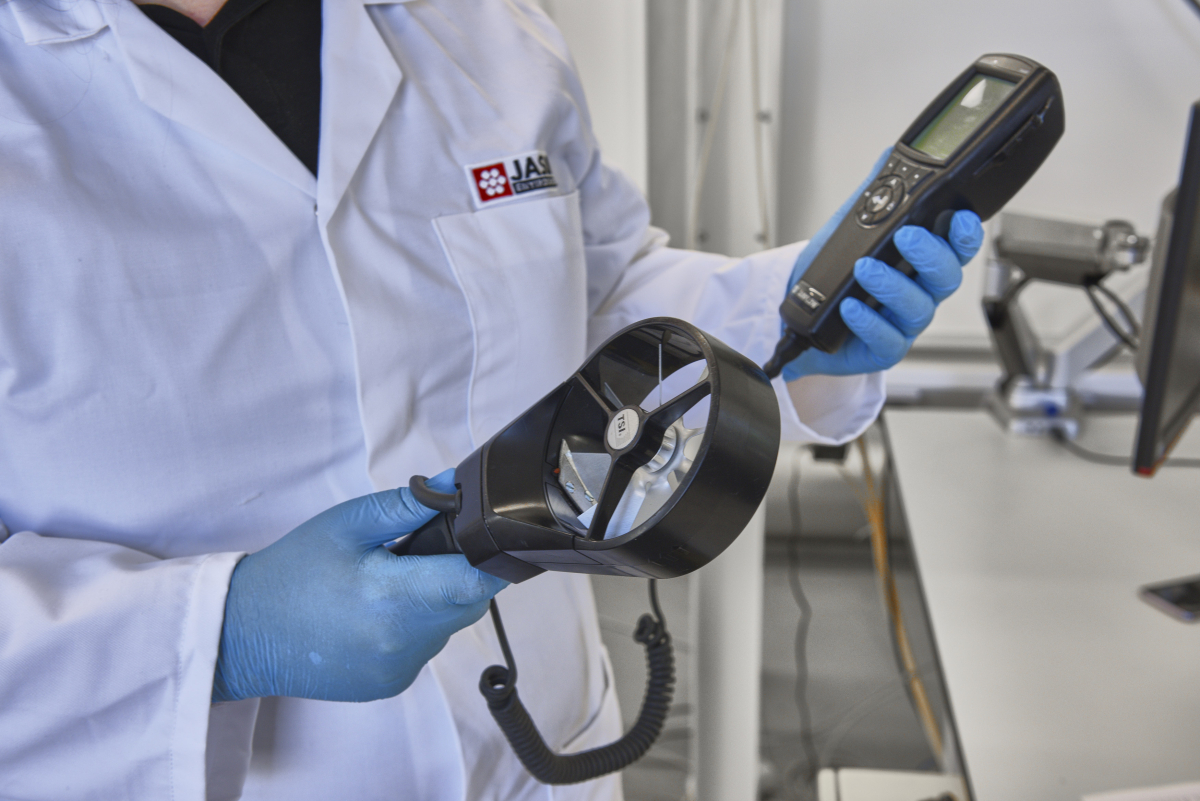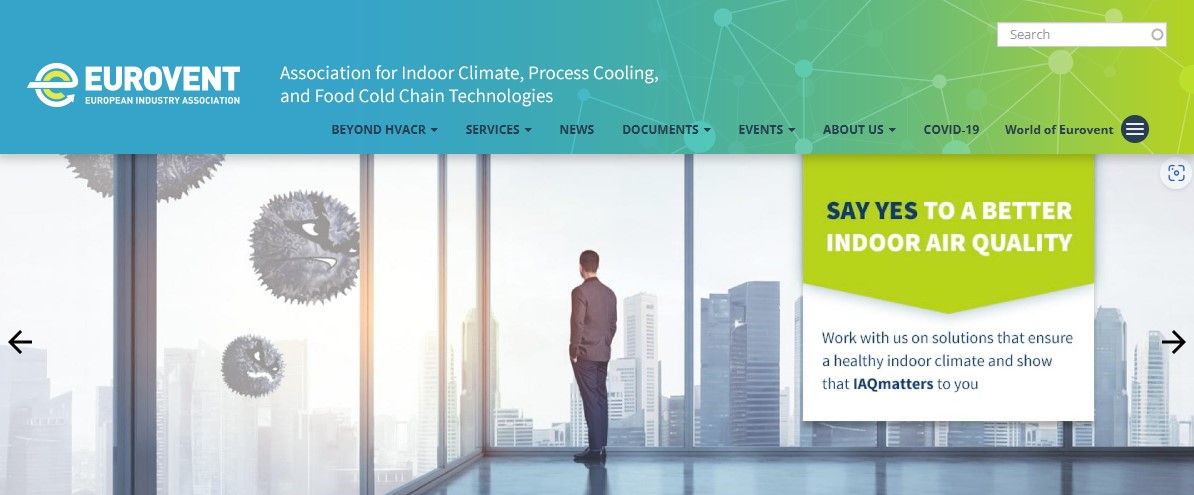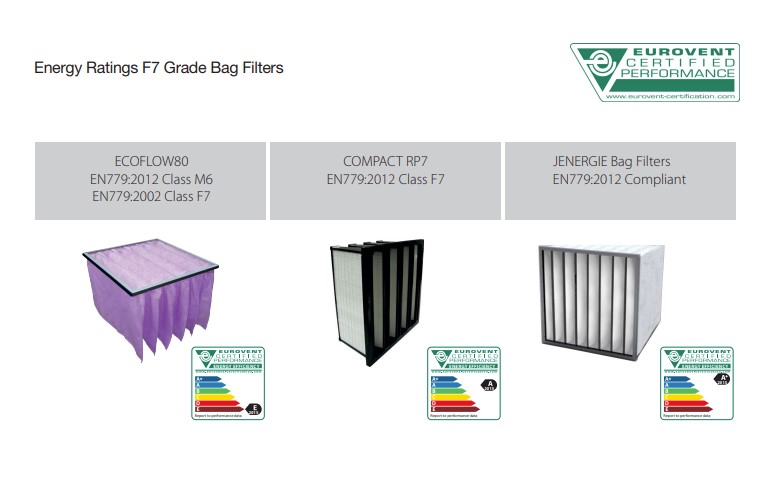Each year thousands of workers in the UK develop illnesses such as lung disease, cancer and other complications as a result of exposure to airborne contaminates while at work.
Any work that produces a substance such as dust, mist, fumes, gases, fibre, steam, chippings, swarf or vapours could be hazardous to health and cause unnecessary risk to an employee’s health.
Typical industries and activities
Typical industries and activities where the control of airborne hazardous substances may be needed include:
• Sawmills and joinery workshops
• Welding and sheet metal works
• Stone-masonry workshops
• Manufacturing businesses
• Factories
• Laboratories and places where chemicals are handled
• Paint-spraying and powder coating firms
• Schools, colleges and universities
• Engineering
• Bakery and food manufacture
• Plating and metal treatment facilities
• CNC machining
• Grinding, finishing and polishing
• Fabric and material manufacture
• Garages
Raising employer awareness
Employers are often unaware that their employees are being exposed to potentially harmful airborne substances.
This is because of several factors including inaccurate identification of the source of exposure, controls not being correctly used or the owner/senior manager being over optimistic about the effectiveness of their current checks.
What is an LEV?
An LEV system is an engineered solution specifically designed to capture and control any airborne substance before it becomes inhalable and potentially harmful.
By means of appropriate extraction methods, a LEV system provides control measures in the workplace preventing diseases and conditions occurring later in life.
Types of LEV equipment include:
• Fume cupboards
• Partial enclosure booths
• Extraction canopy hoods
• Carpentry extracts
• Welding extraction
• Spray booths
Get in touch
Having good air hygiene in your work environment is vital for your team’s health. Next month we’ll publish our second blog on this topic, which will be about legal LEV testing requirements.
So, if you think you have an LEV system, or multiple, our experts can help you to insure they are in a safe and compliant order.
Get in touch and have a free, friendly and informal chat with one of our experienced team members.




